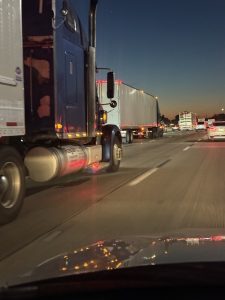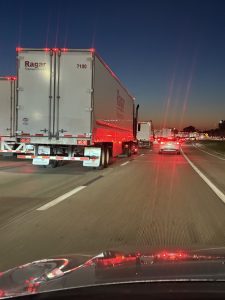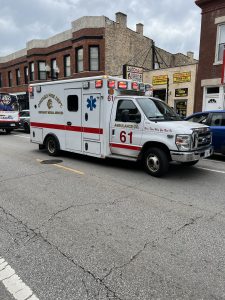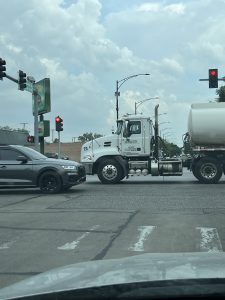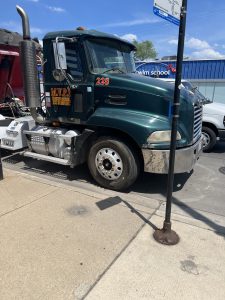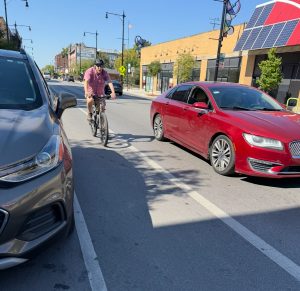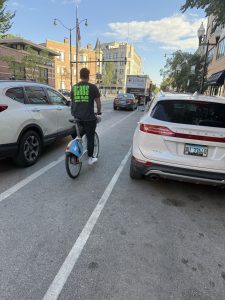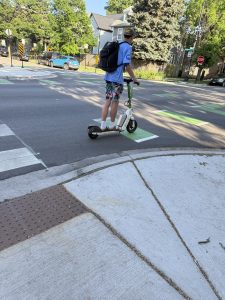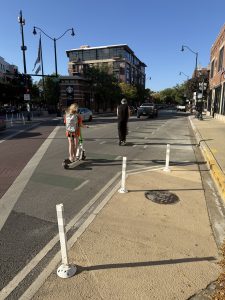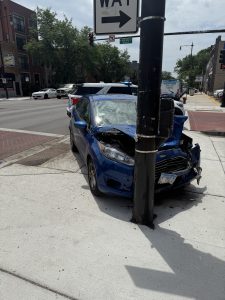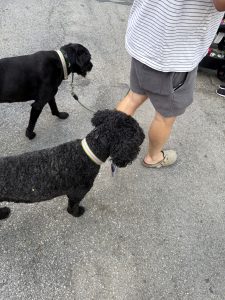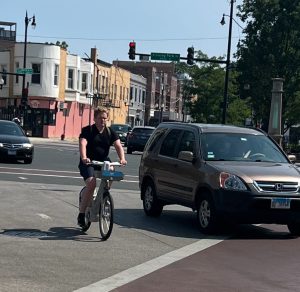When people think of truck safety, they often picture brakes, tires, and driver training. Yet one of the most overlooked aspects of safety in the trucking industry lies in paperwork—specifically, recordkeeping and reporting under 49 CFR Part 40. These requirements are not red tape. They are the backbone of the drug and alcohol testing system that protects the public from impaired truck drivers.
Every trucking company has a legal duty to maintain accurate and complete testing records. Positive drug or alcohol tests, refusals to test, evaluations by a Substance Abuse Professional, and follow-up testing schedules must be kept for at least five years. Negative and canceled test results must be retained for at least one year. Employers must also preserve collection records, laboratory reports, and communications with medical review officers. These documents must be readily available to the Department of Transportation or the Federal Motor Carrier Safety Administration within two business days of a request.
Beyond storage, employers must report violations. If a driver refuses or fails a test, the employer is required to provide that information to state licensing authorities. This ensures that a driver who poses a safety risk cannot simply move to another company and get behind the wheel undetected. When companies fail to report, they help dangerous drivers slip through the cracks, putting the public in jeopardy.




